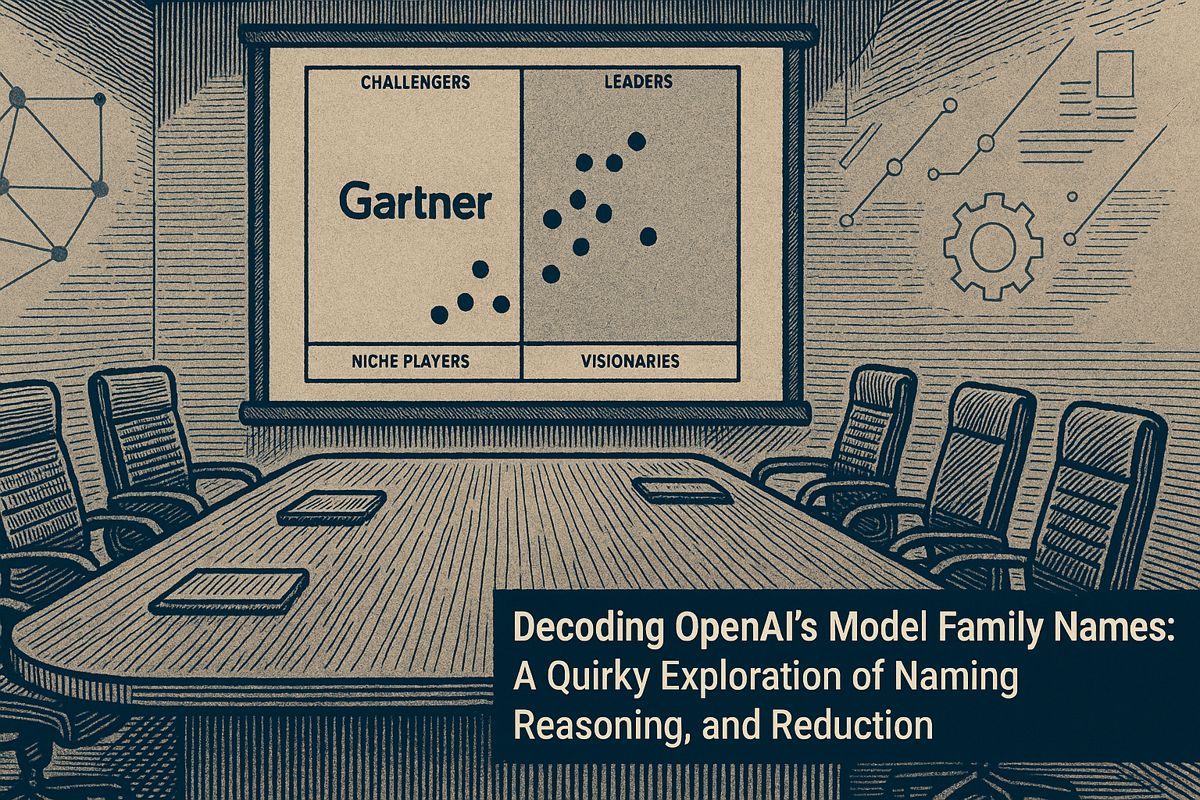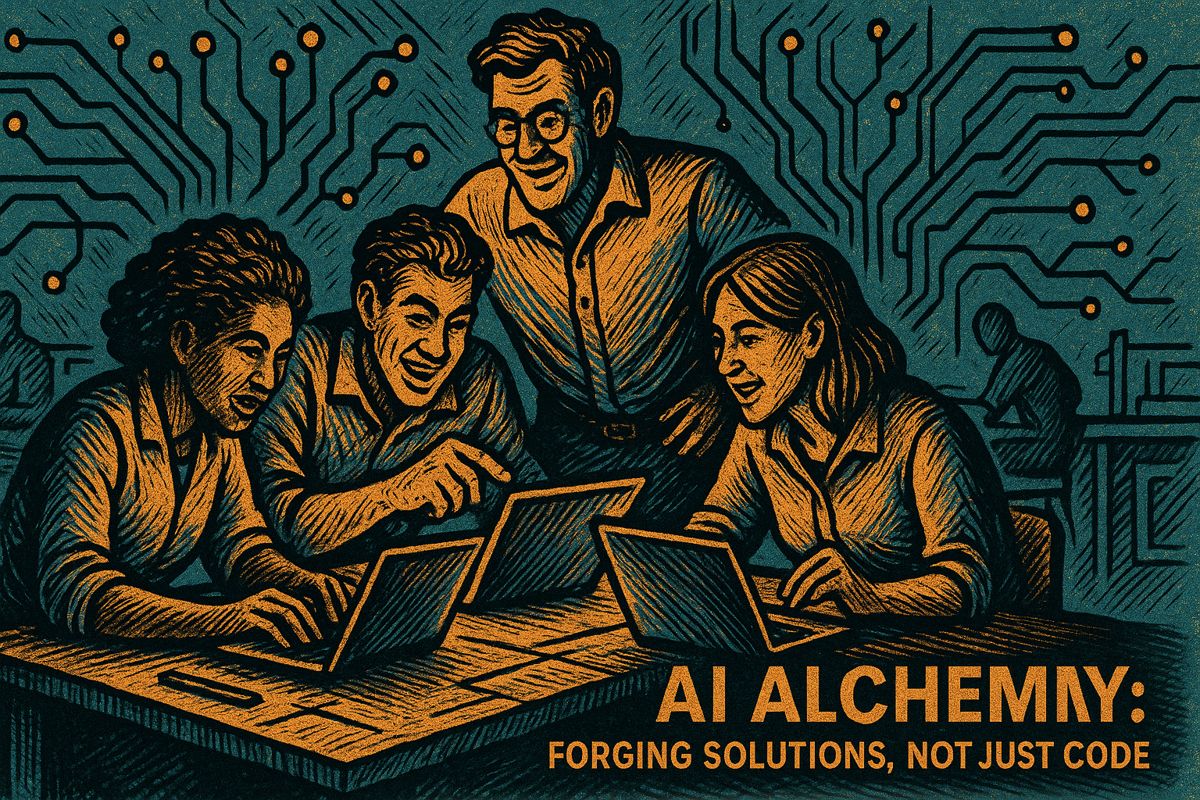Enterprise AI is changing fast, focusing on giving users more control and clear explanations. Teams like legal, marketing, and finance all need different things from AI, so companies now let people pick the best model for their job and see how AI reasons. Surveys show that clear and trusted AI boosts productivity and encourages bigger investments. New tech tools and job roles being created to make this AI easier and safer to use. Plus, new regulations demand transparency, so companies are making sure their AI is open and user-friendly from the start.
What is driving the shift toward transparency and user control in enterprise AI?
Enterprises are prioritizing transparency and user control in AI because teams need tailored solutions: legal departments require traceable reasoning, marketing demands flexibility, and compliance needs strict oversight. Customizable interfaces and explainability features boost user trust, productivity, and ensure compliance with regulations like the EU AI Act.
2025 is the year when AI stops feeling like a black box and starts acting like a trusted teammate. Designers and product managers no longer ask “Should we give users control over AI?” but “How much control, on which screen, for which task?” The latest enterprise survey shows 79 % of organizations already deploy AI agents and another 82 % plan to do so within three years, so getting the balance right is a competitive must, not a nice-to-have.
Why customisation suddenly matters
One size stopped fitting all when teams noticed that:
- A legal team wants verbose reasoning so every citation can be traced
- Marketing wants the same model to run in creative mode for copy, yet strict mode for compliance
- Finance refuses to let a generic LLM touch spreadsheet formulas, while R&D praises the same model for code generation
This is driving a shift from monolithic models to model menus in which users pick the engine best suited to the task – much like selecting a lens on a pro camera. The trend shows up in interfaces that expose:
| Element | Purpose | Typical location |
|---|---|---|
| Model switcher | Let users swap GPT-4o, Claude 3.5, Gemini 1.5 | Top-right toolbar |
| Reasoning slider | Show/hide chain-of-thought tokens | Sidebar accordion |
| Confidence badge | Surface certainty score beside each answer | Inline with response |
Trust metrics that moved the needle
PwC’s 2025 study of 1 000 U.S. leaders reveals:
- 66 % of companies adopting AI agents report measurable productivity gains
- 88 % intend to increase AI budgets in the next 12 months specifically because early pilots surfaced explainability features
In short, transparency is no longer a compliance checkbox; it is a conversion lever.
Enterprise architecture behind the curtain
Making choice seamless is technically messy. The reference stack now includes:
- Router layer: lightweight classifier that routes prompts to the cheapest suitable model
- Streaming evaluators: real-time quality gate that swaps mid-conversation if the chosen model falters
- Policy engine: role-based rules (e.g., HR may not use the creative fiction model)
Building this requires significant backend orchestration but pays off: the same codebase can serve the cautious bank and the experimental startup tenant on the same SaaS platform.
Emerging roles on the team
As complexity rises, two new titles are appearing on org-charts:
| Role | Core responsibility | Typical background |
|---|---|---|
| AI translator | Converts business requirements into prompt templates and model-selection rules | Product manager with light data-science exposure |
| Citizen data scientist | Builds department-level dashboards and微调 specialised models | Business analyst using low-code ML tools |
These people shorten the iteration loop between “I wish the AI could…” and “It now does.”
Regulation is accelerating change
The EU AI Act makes transparency non-optional. Key 2025-2026 deadlines:
| Date | Requirement | Impact on UX |
|---|---|---|
| Aug 2 2025 | General-purpose AI providers must ship technical documentation and explainability aids | Adds mandatory model cards visible to end users |
| Aug 2 2026 | Full high-risk AI obligations: incident reporting, human oversight | Forces explicit “human-in-the-loop” controls in interfaces |
Companies that front-load compliance now treat the regulation as a design constraint that sparks innovation – similar to how GDPR pushed cleaner consent flows.
Quick-start checklist for product squads
- Run 5-user diary studies: Ask participants to narrate when they distrust an AI answer
- Expose one lever first: A simple “Show reasoning” toggle often outperforms a full model menu
- Measure trust, not clicks: Log opt-in rates for chain-of-thought and correlate with retention
- Plan governance early: Map each user-facing model to its risk tier before marketing launches
The evidence is clear: giving users meaningful control today is the fastest route to higher adoption tomorrow.
What does “user control over AI models” actually look like in an enterprise setting?
A 2025 PwC survey of 1,000 U.S. business leaders shows that 79 % of organizations now give employees some say in which AI model handles a given task.
The most common form is a drop-down selector: before launching a workflow in Salesforce or ServiceNow, users pick from 2-5 pre-approved models – e.g., GPT-4o-mini for summarization, Claude 3.5 for reasoning-heavy tickets, or a custom finance-tuned LLM for balance-sheet Q&A.
Behind the scenes, an orchestration layer routes the request, tracks which model was chosen, and logs the outcome for governance dashboards.
How much transparency is enough to build trust without overwhelming users?
Research from IBM (March 2025) finds that 66 % of employees trust an AI recommendation only when they can see:
- Why the model was chosen
- A one-sentence summary of the reasoning trace
- How often this model is correct for similar tasks
Too much detail backfires: when explanations exceed 120 words, trust drops 18 %.
Best-practice UX is a collapsible “Why this model?” chip that expands into three bullet points – never a full token trace.
Do customizable AI workflows create more complexity than value?
In pilots at 35 % of enterprises, teams can adjust sliders for creativity vs. accuracy or speed vs. depth.
Early data shows:
- +14 % task-completion speed in marketing (image generation)
- +9 % CSAT in customer support (ticket routing)
- -11 % support tickets because users self-serve instead of escalating
The catch: every new toggle adds 0.4 extra FTE per 100 users in governance overhead, so most firms cap choices at three dimensions.
How do companies balance departmental customization with enterprise-wide standards?
A modular “hub & spoke” pattern is emerging:
- Hub: core security, audit, and billing controls managed centrally
- Spokes: each department (HR, finance, R&D) gets templates to swap in their own lightweight domain models
Example: procurement uses a fine-tuned Llama-3.1-8B trained on 50 k past RFPs, while HR keeps the default GPT-4o for policy Q&A.
The shared governance layer enforces redaction rules and cost ceilings, ensuring no spoke can exceed its token budget.
What new roles are appearing to manage these transparent AI systems?
Two titles are on 2026 job boards:
- AI translator (blend of PM + prompt engineer) – translates business needs into model-selection criteria
- Citizen data scientist – non-coders who tune lightweight models via no-code interfaces
Gartner projects that 25 % of new UX hires in 2026 will include “AI translator” in the title, and internal Slack channels like #model-chooser-tips are already popping up at Fortune 500 firms.



















